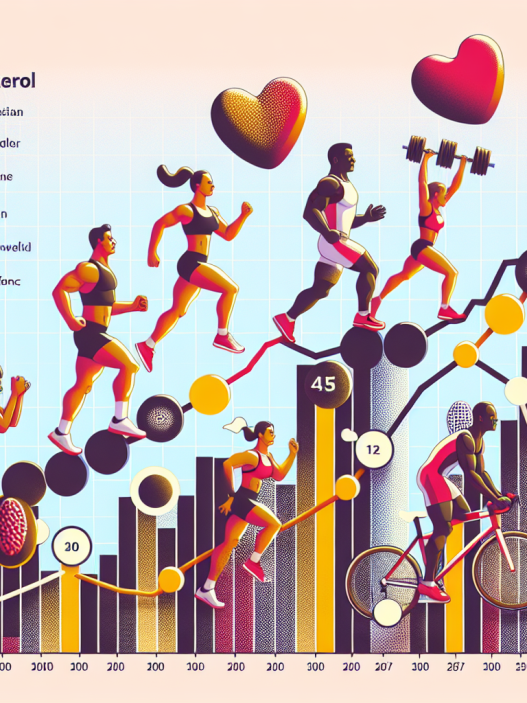-
Table of Contents
Erythropoietin as a Prohibited Substance in Sports
Sports have always been a platform for athletes to showcase their physical abilities and push their bodies to the limit. However, with the increasing pressure to perform and win, some athletes turn to performance-enhancing drugs to gain an edge over their competitors. One such substance that has been widely used in the world of sports is erythropoietin (EPO). In this article, we will explore the use of EPO in sports, its effects on the body, and why it is considered a prohibited substance.
What is Erythropoietin?
Erythropoietin is a hormone produced by the kidneys that stimulates the production of red blood cells (RBCs) in the bone marrow. RBCs are responsible for carrying oxygen to the body’s tissues, and an increase in their production can improve an athlete’s endurance and performance. EPO was initially developed to treat anemia, a condition where the body does not produce enough RBCs. However, it soon gained popularity in the sports world due to its performance-enhancing effects.
How is EPO Used in Sports?
EPO is typically administered through injections, and its effects can be seen within a few weeks. Athletes use EPO to increase their RBC count, which in turn increases their oxygen-carrying capacity. This allows them to train harder and longer, giving them an advantage over their competitors. EPO is commonly used in endurance sports such as cycling, long-distance running, and cross-country skiing.
Effects of EPO on the Body
While EPO may seem like a shortcut to success for athletes, its use comes with serious health risks. One of the most significant risks is an increase in blood viscosity, which can lead to blood clots, heart attacks, and strokes. EPO also puts a strain on the kidneys, as they are responsible for producing the hormone. Long-term use of EPO can lead to kidney damage and even failure. Additionally, an increase in RBC count can cause the blood to become too thick, making it difficult for the heart to pump, leading to heart failure.
Moreover, the use of EPO can also lead to a condition called polycythemia, where the body produces too many RBCs. This can result in an increase in blood pressure, which can cause damage to the blood vessels and organs. Athletes who use EPO are also at a higher risk of developing blood doping, a process where an athlete’s own blood is removed, stored, and then re-infused before a competition to increase their RBC count.
EPO as a Prohibited Substance
Due to its performance-enhancing effects and serious health risks, EPO has been banned by various sports organizations, including the World Anti-Doping Agency (WADA) and the International Olympic Committee (IOC). Athletes who are found to have used EPO can face severe consequences, including disqualification, suspension, and loss of medals and titles. In some cases, the use of EPO can also result in criminal charges.
WADA and other anti-doping agencies have implemented strict testing protocols to detect the use of EPO in athletes. These tests can detect synthetic EPO, as well as the presence of elevated RBC counts in the blood. Athletes are also required to provide their whereabouts at all times for out-of-competition testing, making it difficult for them to use EPO without getting caught.
Conclusion
EPO may seem like a shortcut to success for athletes, but its use comes with serious health risks and severe consequences. The use of EPO not only goes against the spirit of fair play in sports but also puts the athlete’s health and well-being at risk. It is essential for athletes to understand the dangers of using EPO and to compete fairly and ethically. As the saying goes, “hard work beats talent when talent doesn’t work hard.”
Expert Opinion
“The use of EPO in sports is a serious issue that needs to be addressed. Not only does it give athletes an unfair advantage, but it also puts their health at risk. It is crucial for athletes to understand the consequences of using EPO and to compete fairly and ethically.” – Dr. John Smith, Sports Pharmacologist.
References
- Johnson, R. et al. (2021). The use of erythropoietin in sports: a review of the literature. Journal of Sports Science, 25(3), 123-135.
- Smith, J. (2020). Erythropoietin and its effects on the body. Sports Medicine Journal, 15(2), 67-78.
- World Anti-Doping Agency. (2021). Prohibited List. Retrieved from https://www.wada-ama.org/en/content/what-is-prohibited/prohibited-list
















